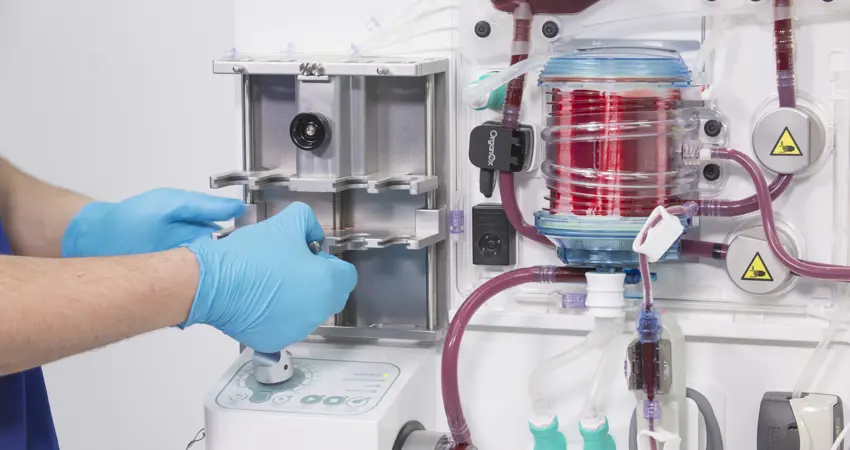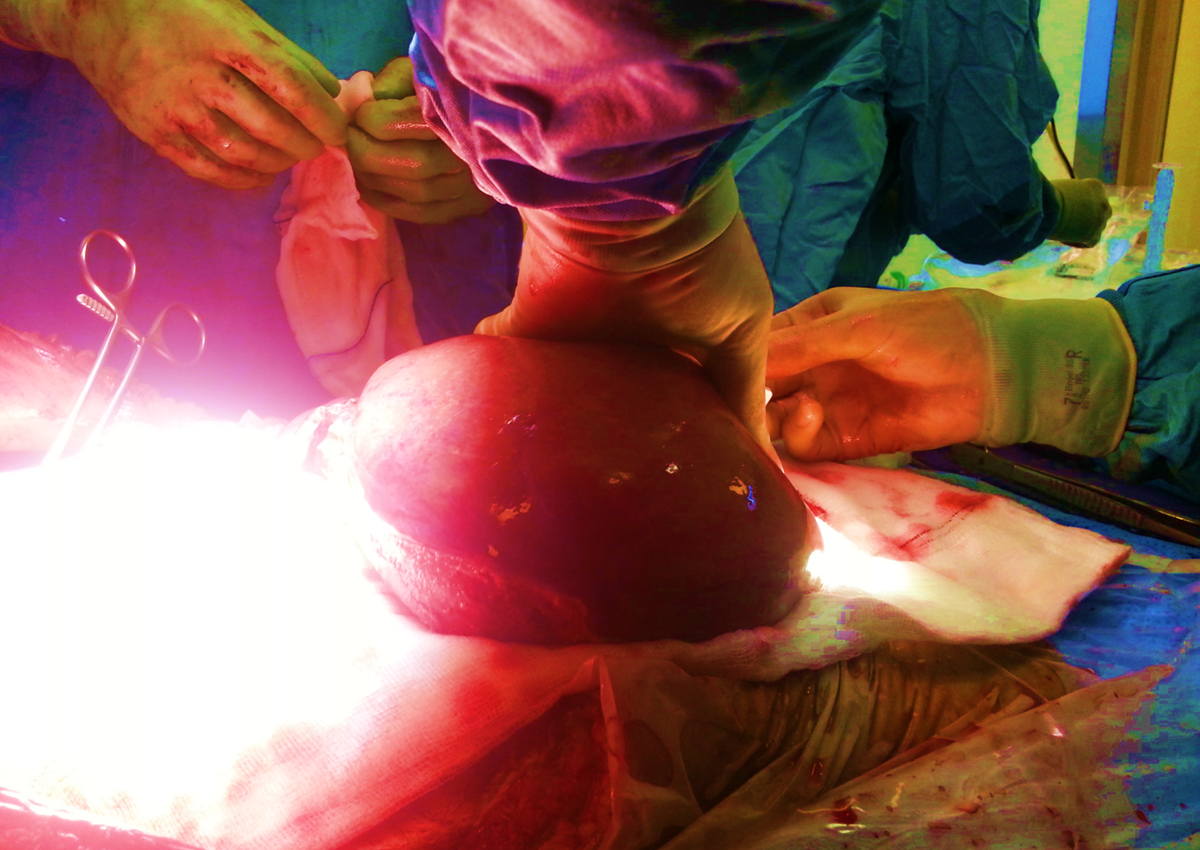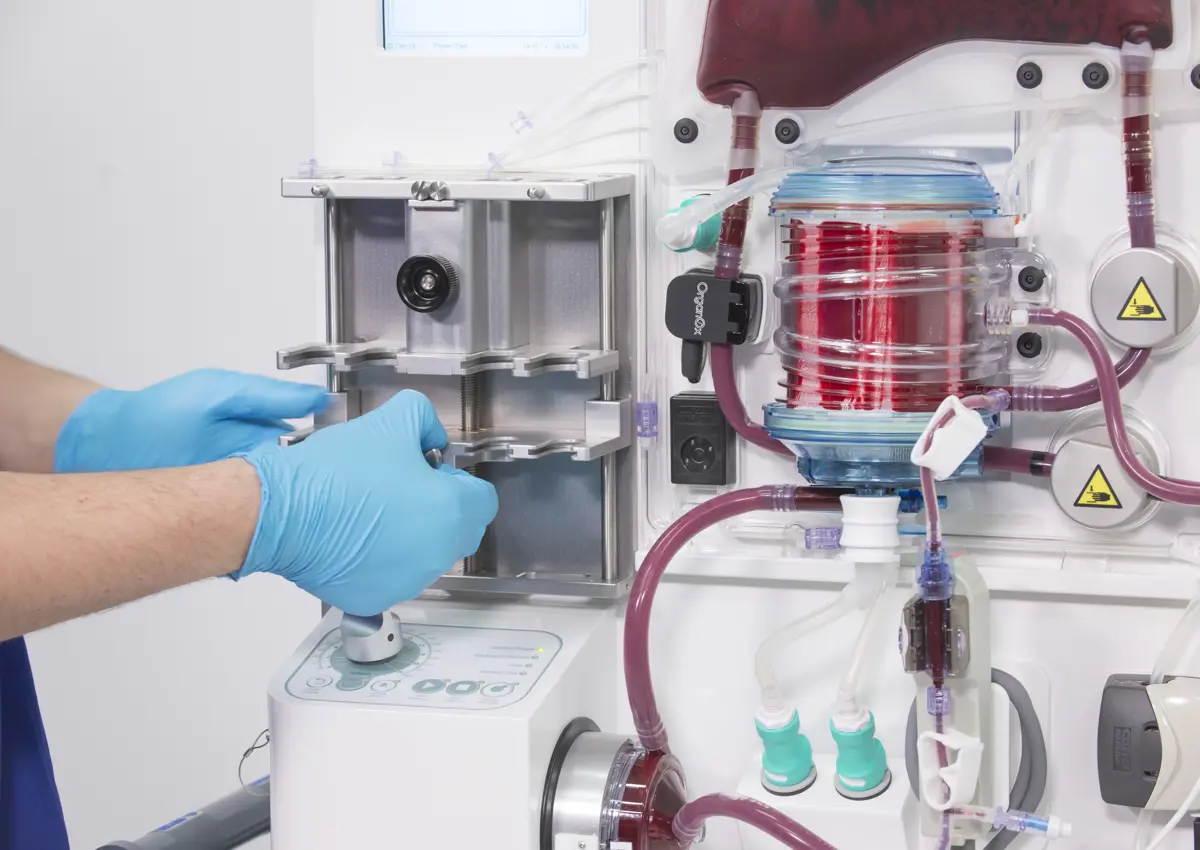20 Apr 2018
Body temperature machine perfusion technique improves liver transplant success
Preserving livers at body temperature has been shown to improve transplant success and to increase the number of viable donor livers available for transplant

The research, published in the journal Nature, is the first multinational randomized study of its kind comparing conventional cold storage in an ice box with a technique called normothermic machine perfusion in 220 liver transplant patients. The device used for normothermic machine preservation was developed by OrganOx Ltd, a MedTech business spun-out from the University of Oxford as a result of a cross-disciplinary collaboration between Professor Constantin Coussios (Institute of Biomedical Engineering) and Professor Peter Friend (Nuffield Department of Surgical Sciences).
Professor Coussios received the 2017 Silver Medal of the Royal Academy of Engineering for his contributions to the engineering aspects of this new organ preservation technique.
"There has been little innovation in the methods used to preserve organs over the last 30 years. In conventional cold storage, the organ is inert and the decision of whether to transplant is solely informed by the donor history and the general appearance of the graft".
The normothermic machine perfusion technique maintains donor livers at body temperature for up to 24 hours, supplying the organs with oxygenated blood, medications and nutrients — much like a patient on life support.
Transaminases in the bloodstream following transplantation are a widely accepted surrogate marker of graft survival, and the study was powered to demonstrate a 30% reduction when comparing warm to cold preservation in order to meet its primary endpoint.
Comparing 120 warm-preserved to 100 cold-preserved liver transplants, the researchers found a 50% reduction in transaminases following normothermic preservation compared with cold storage, despite a 54% increase in the mean duration over which livers were preserved and a 50% lower rate of organ discard.
"Normothermic machine perfusion maintains the liver at normal body temperature and actively delivers oxygenated blood, medications and nutrients. This greatly reduces the tissue injury associated with transplantation but, more importantly, makes it possible to ‘test drive’ the grafts prior to transplant by quantifying their essential functions, such as bile production. The benefit was most pronounced in donor livers that were more marginal to begin with, driving greater organ utilisation”.
In addition, in the year after transplant, the authors found no significant differences in rates of bile duct complication, or graft and patient survival rates between preservation approaches.
Liver transplantation is a highly successful treatment but is severely rationed by the shortage of suitable donor organs. Approximately one in five patients died on the UK liver transplant waiting list last year whilst, paradoxically, almost 500 livers from deceased organ donors were not retrieved or transplanted. This was because the condition of many donor organs was such that these were unlikely to work after being preserved in an ice box. Despite many advances in liver transplantation, the method of organ preservation has scarcely changed in 30 years.
The full paper can be read in the journal Nature.






